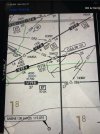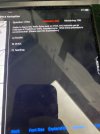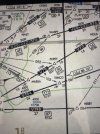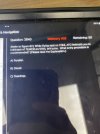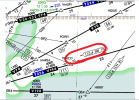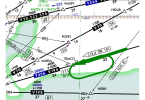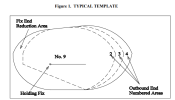I’m having trouble with these questions. I understand all the other questions about holding procedures but these are confusing me? Is the holding always to the north of the course the answer is parallel and the answer to the second question is teardrop I figured it would be direct. Could somebody please draw these patterns out and on the map for I can understand it better. Thanks in advance for any help i appreciate it. 